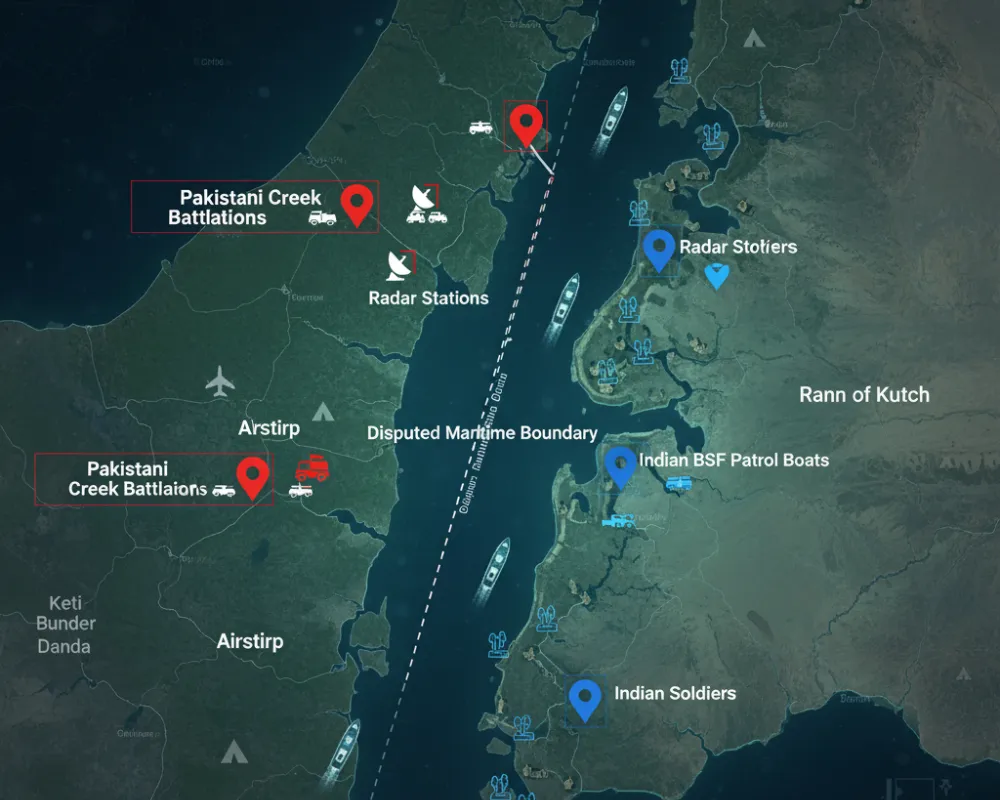Enter your article content here...What Is the Maratha Quota?
The Maratha quota provides a 10% reservation in government jobs and educational institutions under the SEBC category, initially enacted in 2018. Struck down by the Bombay High Court in 2024 for breaching the 50% quota ceiling and lacking socio-economic data, the agitation seeks restoration or reconfiguration within constitutional limits.
Why the Agitation:
Factors driving the renewed movement include:
- Judicial setbacks: Court invalidations of the 2018 SEBC quota.
- Economic distress: Declining agrarian incomes and high youth unemployment.
- Historical claims: Use of the Hyderabad Gazetteer to argue Kunbi status for OBC quotas.
Protesters’ Demands:
- GR issuance recognizing Marathas in Hyderabad, Satara, Aundh, and Pune Gazetteers.
- Village-level committees to process Kunbi caste certificates.
- Withdrawal of legal cases against protesters ensuring judicial compliance.
Manoj Jarange’s Announcement:
On September 2, 2025, Manoj Jarange ended his five-day hunger strike after the government agreed to implement the Hyderabad Gazetteer and establish certificate issuance mechanisms.
Government Reaction:
High-level meetings with CM Devendra Fadnavis, Deputy CMs Eknath Shinde and Ajit Pawar, and a subcommittee led by Radhakrishna Vikhe‐Patil facilitated resolution.
- Judicial compliance: Bombay High Court noted disruptions but approved the GR release.
- Political balance: Maintained existing OBC quotas, preventing potential counter-mobilizations.
Public Sentiment and Controversies:
- Support: Many Marathas celebrated the GR as a long-awaited success.
- Opposition concerns: OBC groups worried about dilution of existing quotas.
- Urban inconvenience: Road blockages affected daily commuters.
- Administrative doubts: Bureaucratic delays in certificate issuance mechanisms were highlighted.
Social, Political, and Legal Impacts:
- Reservation politics: Sparks debates on constitutional limits of affirmative action.
- Legal precedents: Using historical Gazetteers may guide forward communities in future claims.
- Political capital: Government projected responsiveness; critics noted vote-bank appeasement concerns.
- Policy considerations: Emphasis on socio-economic indicators for equitable access.
Broader Implications:
- Other states, like Karnataka and Uttar Pradesh, are observing the certificate issuance mechanism.
- Experts suggest policy reform incorporating socio-economic metrics alongside caste.
- Caution against fragmentation of quotas to maintain meritocracy and fiscal sustainability.
Key Outcomes:
- 58 lakh historical Kunbi entries recognized; 10.35 lakh certificates issued.
- Remaining Gazetteers addressed within one month.
- Prosecution cases against protesters to be withdrawn by September end.
Analysis and Verdict:
The Maratha quota agitation balances historical claims, socio-economic realities, and legal constraints. The GR implementing the Hyderabad Gazetteer provides immediate relief while respecting the 50% quota ceiling.
- Judicial balance: Precedent-setting but may face scrutiny.
- Community impact: Addresses Maratha community needs without entirely disrupting OBC quotas.
- Policy and governance: Transparent certificate issuance mechanisms crucial.
- Socio-economic factors: Reservation alone cannot resolve agrarian distress or youth unemployment.
Verdict: A tactical compromise that is a temporary win for Marathas, balancing affirmative action, legal compliance, and socio-economic realities. Its success depends on policy reform and efficient execution.







Leave a Reply